Pickleball: Easy to love, easy to learn
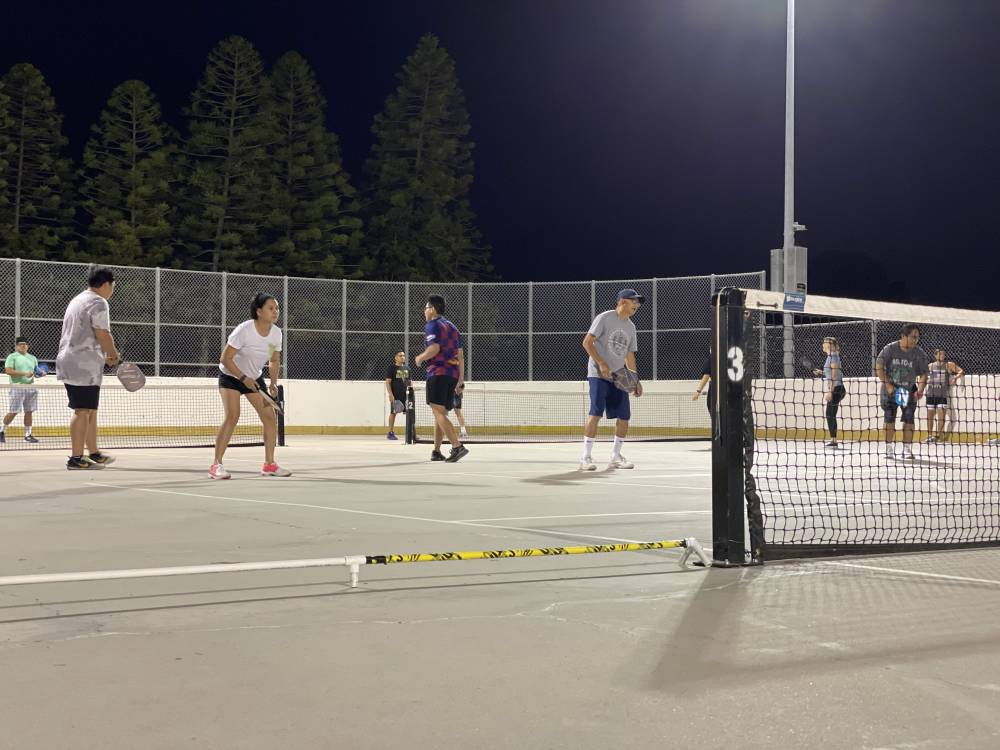
When I first picked up a pickleball paddle in 2021, the sport was just beginning to gain traction in the United States.
Before that, Apple, a tennis player and my sports buddy, had tried (and failed) to get me into tennis. She was loyal to tennis and hadn’t yet jumped on the pickleball bandwagon. But when some of her tennis friends who had been sidelined by injuries switched to pickleball, she decided to give it a try. She invited me to join them, and since I was semiretired and in a weird phase of exploring different sports (I even enrolled in PE classes for golf and volleyball at 41), I thought, why not? I gave it a shot.
And just like that, I was hooked. Unlike tennis, it was light on the body, and you could hit the ground running—literally. You wouldn’t be good, obviously, but you could play. No prep, no training, no prelesson needed. Just show up and figure it out as you go.
That’s what makes pickleball so appealing: It’s simple at its core. Of course, to keep things interesting, some oddly complex rules had to be thrown in.
Rules
For example, doubles pickleball scoring is unnecessarily confusing. There are only two teams playing, yet when someone calls out the score, you hear three numbers. These represent the serving team’s score, the receiving team’s score, and the server number (either 1 or 2).
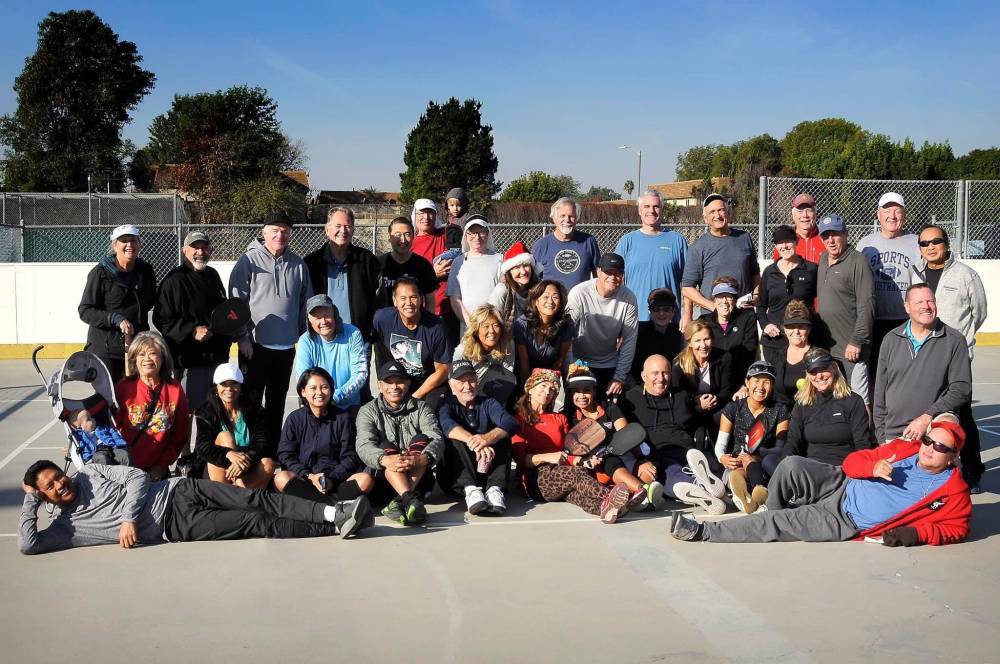
Then there’s the court itself: it’s smaller than a tennis court but larger than a badminton court, and it has a “kitchen.” Now, don’t get excited, no one’s cooking anything. The kitchen is a zone near the net where volleying is off-limits. Ideally, most of the action should happen right at the kitchen line, where you get the satisfaction of smashing the ball at your opponents up close (all in good fun, of course).
Pickleball is one of those rare sports where players of all ages can hold their own. The young, full of energy, go all out, smashing the ball like they’re trying to break through a brick wall. Meanwhile, the older and wiser take the strategic approach, placing the ball exactly where their opponents don’t want it.
Of course, there are the overachievers who do both. And then there’s me—I can’t smash, I can’t control the ball, but I can get my paddle in the right spot at the right time. I’m pretty solid on defense.
Tips for beginners
If you’re new to pickleball, here are a few beginner tips to get you started:
Master the basics first. Learn the rules and be comfortable with the basic shots before worrying about advanced techniques. Learn how to serve consistently and practice returning shots with control.
Respect the kitchen. You can’t just step into the kitchen and volley the ball. You’re only allowed to enter the kitchen if the ball has bounced first.
Dinking is your friend. Unlike other racket sports, power isn’t always the key in pickleball. A soft shot, or “dink,” just over the net can be more effective than a hard slam.
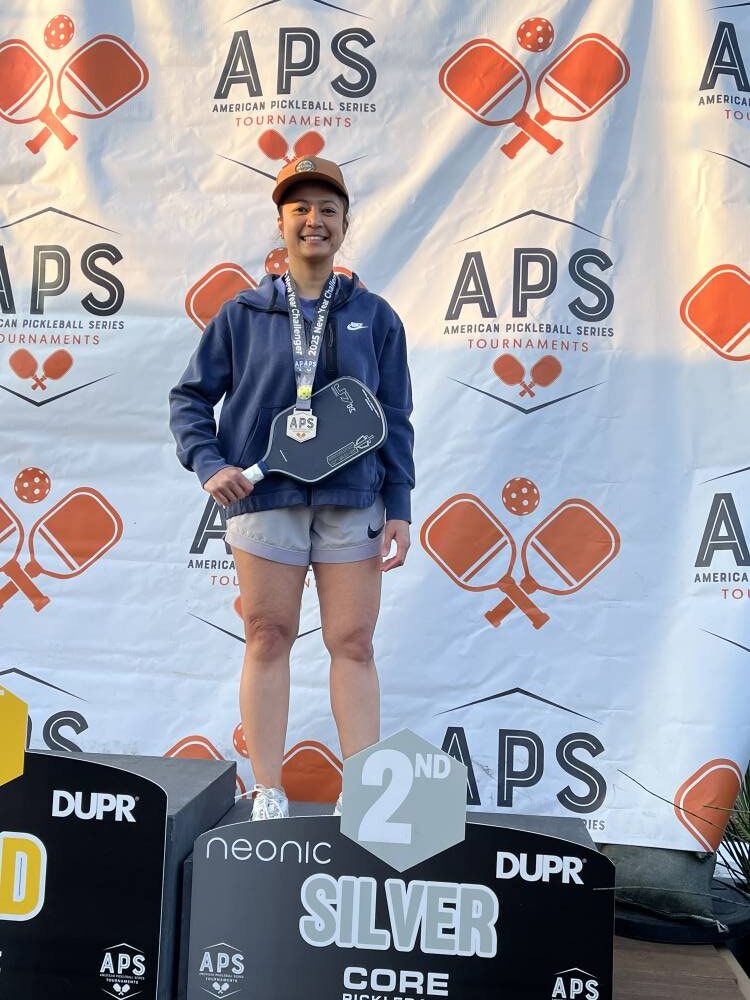
Move with your partner. In doubles, don’t play as two individuals covering separate areas, move as a unit, staying roughly parallel to each other. The court isn’t that big.
Be ready for fast exchanges. At the kitchen line, rallies can be lightning fast. Keep your paddle up and be ready to react quickly.
You don’t need to don’t splurge on an expensive paddle. Start with something affordable, and when you’re ready to get serious, you can upgrade (or not). I think it’s more about the player’s skill than the paddle, but there are players who swear by premium paddles and claim they make all the difference.
When I started in August 2021, the courts were wide open. No crowds, no waiting, just show up and play. Most players were beginners, still figuring things out. There were no aggressive slams or cutthroat matches, just a mix of retired and semi-retired tennis and racquetball players, and people who weren’t athletes but just wanted to get moving. The retired tennis players invited their still-competitive friends to join. A few did, but once they realized it wasn’t as intense as tennis, they lost interest quickly.
Learning curve
But as the months passed, players got better. The former tennis and racquetball players got their groove back, bringing intensity to the game. Unfortunately, some of them also got their injuries back. (Apparently, pickleball is only “light exercise” if you remember why you took up pickleball in the first place—to take a break from more intense games.)
By December 2021, the game had changed. If you wanted to play on weekends, you had to show up early. Courts filled up fast. Eventually, no one could claim a court exclusively for their group anymore. If there were players waiting, the losing team had to step aside.
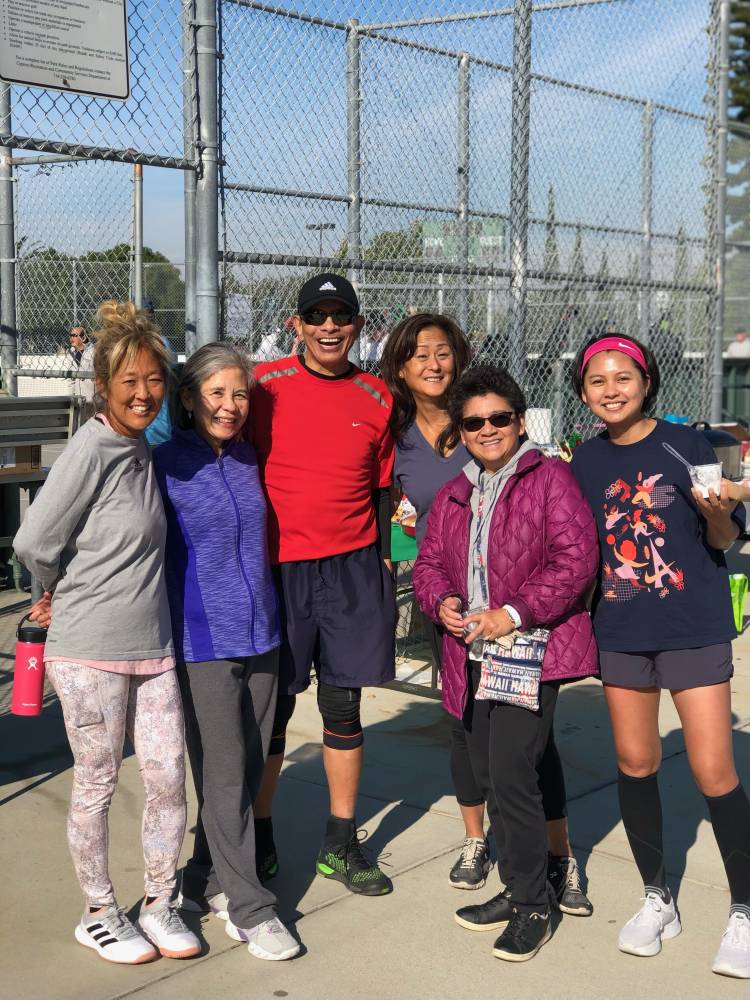
This was actually my favorite part of playing at that court. I’m not great at socializing, especially with strangers. Total nightmare. But with this setup, I didn’t have to. I just played. Win? Stay on the court. Lose? Step out, wait, and get called into another game. It gave me the chance to play with different people, which, in turn, pushed me to improve.
And that’s another thing about pickleball. It’s easy to learn, and you get better fast. The learning curve is short, and that quick progress is addictive. One day you’re a total beginner, the next, you feel like an Olympian.
Favorite players
I started developing favorite players, the ones I secretly hoped to team up with or compete against. One of them was an elderly Asian man who came to the court alone, wearing faded pants, an even more faded shirt, and rubber shoes. No gym bag, no special gear—just him, his paddle, and his knowing smile. He’d scan the courts, pick his spot, and wait. And then, when it was his turn, he’d quietly dominate the game.
He was fast, strategic, and had incredible reflexes. We got paired up a few times, and while our skill levels were miles apart, he never made me feel like a weak link. He’d just laugh when I inevitably messed up.
I always gravitated toward the players who were there for fun games. Not the ultra-competitive ones, not the social butterflies spent more time chatting and cheering than playing.
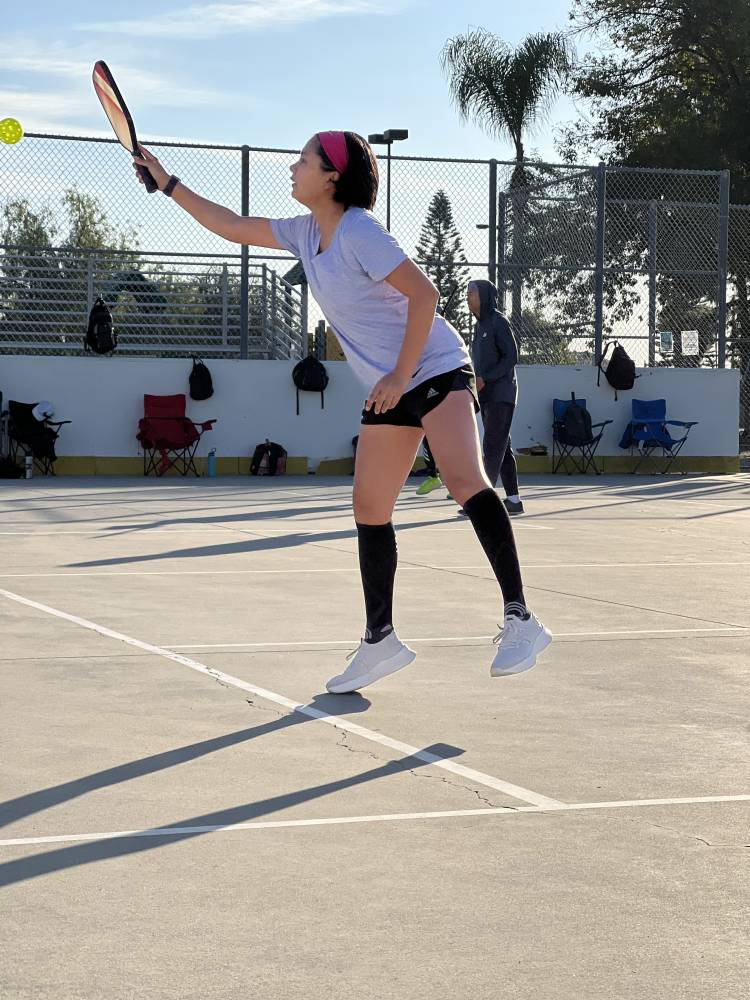
Apple, who had gradually switched from tennis to pickleball, preferred the competitive crowd. She’s full of energy and a fierce competitor. She eventually joined and even won some pickleball tournaments.
That’s probably another reason pickleball exploded—it draws in all kinds of people. Different ages, different energy levels, different personalities, and different races. Unlike some sports, it’s not dominated by any one group.
I used to call our court the “United Colors of Benetton,” a melting pot of players, all just trying to smack a wiffle ball over a net.
As pickleball grew in popularity, things started to shift. The city eventually shut our court down to build more courts. In the meantime, the players scattered, lobbying city officials to convert tennis and basketball courts into pickleball courts. They succeeded. The Filipino players reassembled, growing in numbers, forming an official pickleball club that also doubles as an unofficial breakfast, lunch, dinner, and social club.
And me? I stepped back. I’ll either wait for our court to be finished or find another sport to explore.
But here’s some advice: If you’re even a little curious about pickleball, don’t hesitate, just dive in. The earlier you start, the better. Players improve quickly, and before you know it, finding a beginner-friendly game will be harder as the skill levels rise.
Back in 2021, it was easy to jump in and find a game. These days? Not so much. But that’s the beauty of it. Pickleball grows with you, and once you get hooked, it’s hard to stop.

















